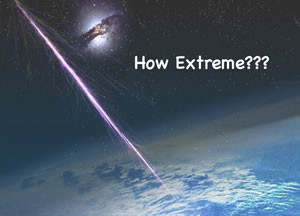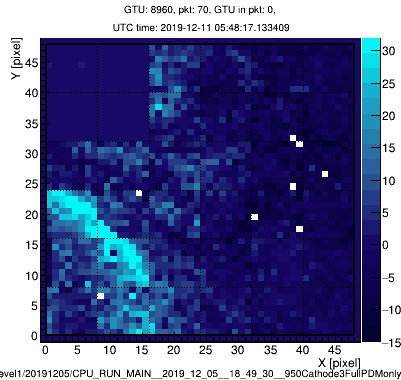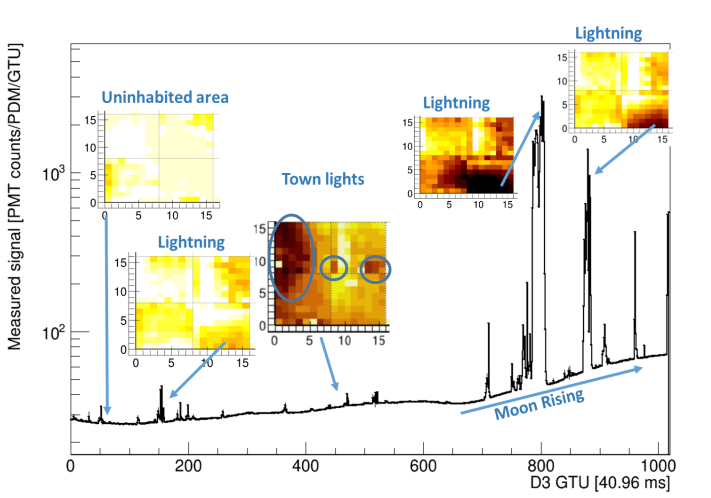 The origin and nature of Ultra-High Energy Cosmic Rays (UHECRs) remain unsolved in contemporary astroparticle physics. A cutoff in the cosmic ray energy spectrum clearly appears at ∼ 1020 eV in the data of HIRES, Telescope Array and Auger on ground experiments. It is well known that the detection of events with energy ≥ 1020eV is challenged by the GZK effect, which limits the highest detectable energy at ∼ 1020 eV due to photopion production in the interaction of UHECR on the microwave fossil radiation of the Big Bang, as suggested also by the HIRES and Telescope Array data, or by nuclei photodisintegration as indicated by the Auger results. However, the possibility that the cutoff at ∼ 1020eV can be intrinsic to the acceleration power of the astrophysics cosmic ray sources remains alive. Moreover, indications of sources or excesses in the arrival direction distribution of UHECRs have been claimed by Telescope Array, in the North Emisphere, and by Auger, in the South Emisphere. To give an answer to these questions is rather challenging because of the extremely low flux of a few per km2 per century at extreme energies such as E > 5 × 1019eV.
The origin and nature of Ultra-High Energy Cosmic Rays (UHECRs) remain unsolved in contemporary astroparticle physics. A cutoff in the cosmic ray energy spectrum clearly appears at ∼ 1020 eV in the data of HIRES, Telescope Array and Auger on ground experiments. It is well known that the detection of events with energy ≥ 1020eV is challenged by the GZK effect, which limits the highest detectable energy at ∼ 1020 eV due to photopion production in the interaction of UHECR on the microwave fossil radiation of the Big Bang, as suggested also by the HIRES and Telescope Array data, or by nuclei photodisintegration as indicated by the Auger results. However, the possibility that the cutoff at ∼ 1020eV can be intrinsic to the acceleration power of the astrophysics cosmic ray sources remains alive. Moreover, indications of sources or excesses in the arrival direction distribution of UHECRs have been claimed by Telescope Array, in the North Emisphere, and by Auger, in the South Emisphere. To give an answer to these questions is rather challenging because of the extremely low flux of a few per km2 per century at extreme energies such as E > 5 × 1019eV.
The objective of the JEM-EUSO program, Extreme Universe Space Observatory, is the realization of a space mission devoted to scientific research of cosmic rays of highest energies. Its super-wide-field telescope will look down from space onto the night sky to detect UV photons emitted from air showers generated by UHECRs in the atmosphere.
16 Countries, 84 Institutes and 306 researchers are collaborating in JEM-EUSO, with the support of the most important International and National Space Agencies and research funding institutions.



